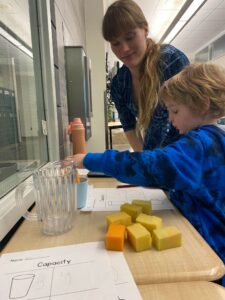School and Classroom Setting
Dr. David Suzuki Public School is the most amazing school I have seen so far. There is a windmill out front, solar panels on the roof, plant walls, an open-concept library, animal, and Earth sculptures hanging from the ceiling, a recycled water tube that brings rainwater to the toilets, and so much more.
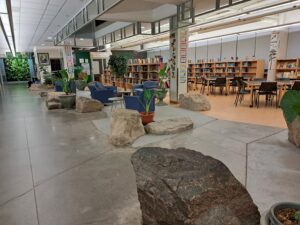
The kindergarten room was also very cool. Everything inside the classroom was student-centered and nature themed. Student art, student photos, numbers made of sticks, and other interesting things lined the walls. The students sat on tree stumps instead of chairs. There was a full kitchen for students to cook in. There was a double-stall bathroom for students to use inside the kindergarten room. There was a separate outdoor play area for the kindergarteners, right outside of their classroom. The students were allowed to play on logs and play in the mud. For most of the day students were engaged in learning through play, either indoors or outdoors.
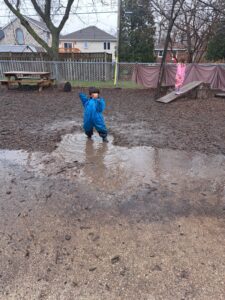
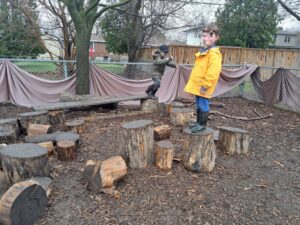
That was the biggest take-away for me as a teacher candidate – how to foster learning through play. At first it seemed unstructured, but then I learned how to engage with the students, learn their interests, prompt their learning with questions, and create related follow-up tasks that aligned with the students’ interests. For example, the students loved bugs. They would spend hours digging for bugs in the dirt outside. One time, a student found a slug and wanted to know all about it. So, we grabbed an iPad and helped him lead the research on the slug. Together we found out the slug’s species, predators, prey, and other information. Then the student practiced his spelling, writing, and drawing skills by creating a book about the slug. When teaching about non-standard units of measurement and length, I made a bug-themed cooking task. Students had the option of making grape and celery “caterpillars on a log”. They were asked how many grapes long their celery was. During the task, students had to ensure all the grapes were touching, with no gaps, or overlapping. This allowed them to practice measuring, in a fun and tasty way! It also allowed them to practice their cooking skills and safe food handing skills (e.g., washing their hands, not mixing clean and dirty utensils together, etc.).
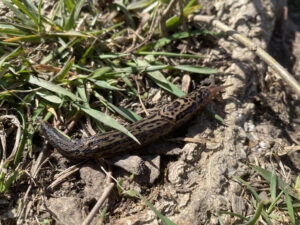
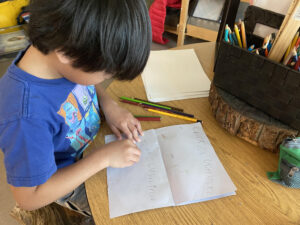
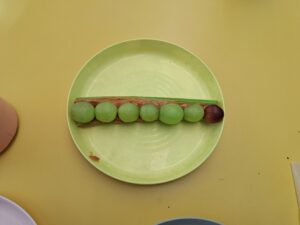
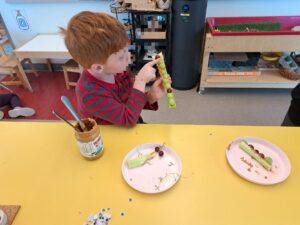
Assessment
Another wonderful experience for me this practicum was assessing kindergarteners. Assessment in kindergarten is how I imagine all assessments should be. The students were assessed during play, as we walked around, observed, and asked them questions. Notes and photos were uploaded to Edsby under the assessment tab for each student. This way, we could record evidence of students’ learning during play time. There was also more formal assessment done during small group. I assessed students’ understanding of weight, capacity, and length during my practicum. For each assessment, we had a tactile task with manipulatives (e.g., scales, cups, connecting cubes, etc.). We also had simple worksheets for students to record their results and practice their writing skills. Quotes and observational notes were recorded for students who did not have fully developed writing skills. By assessing only a few students at a time and allowing students to demonstrate their understanding in any way they could (e.g., verbal, written, or tactile), I think a more complete assessment of student understanding could be achieved than the purely written tests completed in older grades.

